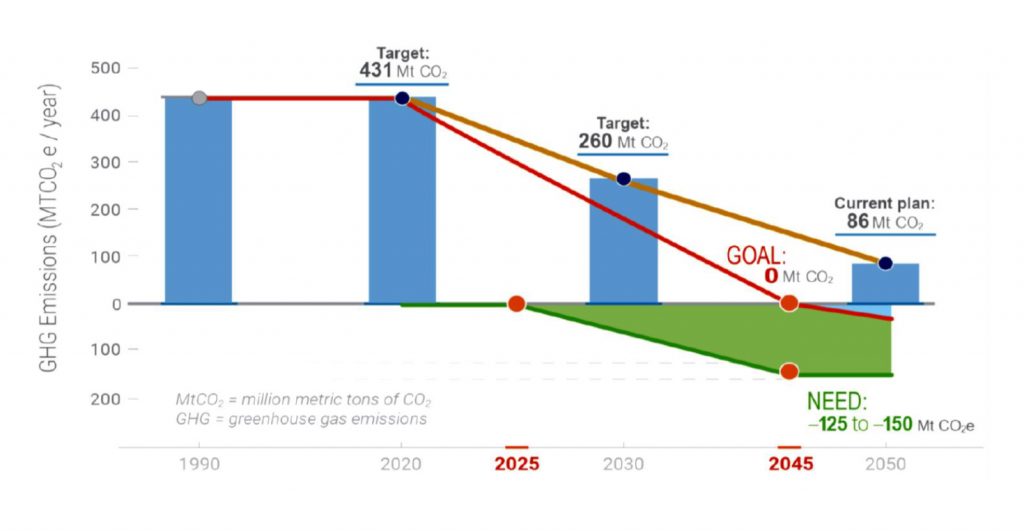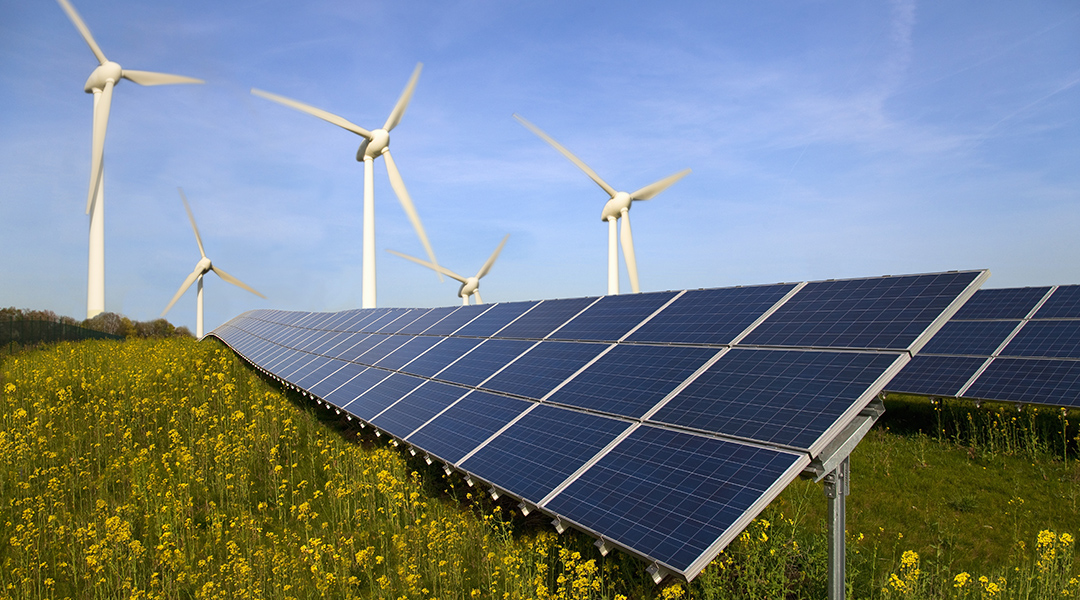Image credit: Getty Images/Cultura RF
California is considered one of the coolest and most trendsetting states in America, especially when it comes to climate change, clean technology, emission reduction targets, energy efficiency, and sustainability. Its economy is the largest, most innovative, and diverse among the states, and if classified as a country, the net worth of its goods and services would be ranked around tenth in the world.
In the quest for net-zero carbon emissions, we might turn to California as a model for “Getting to Neutral”. This is the title of a recently published report from Lawrence Livermore National Laboratory, with which the State of California is aligned, and describes in quantitative detail the range of options, trade-offs, and costs to help guide future policies in achieving carbon neutrality by the latest 2045.
The study, founded on original and published research, focuses on three key pathways to negative emissions: natural and working lands, carbon capture from biomass conversion to fuels, and direct air capture. It is a unique approach that encompasses the entire breadth of practices and technologies that can physically remove carbon dioxide (CO2) from the atmosphere. Every step towards a solution is made transparent with quantifiable data and detailed analyses presented for land management, waste biomass collection, CO2 transport and geological storage.
“Getting to Neutral” is a first-of-its-kind, all-inclusive, quantitative assessment of what is required to achieve a carbon-neutral economy by 2045. The challenge faced is devising strategies for eradicating 125 million tons per year of atmospheric CO2 through negative emission technologies using natural biomass and geologic resources — at an acceptable cost — and only mature technologies and resources and jobs existing within California.
Realizing these objectives will require an intensive effort requiring new technologies and expanded infrastructure for direct capture of CO2 from air, pipeline transportation of CO2, large-scale geological storage of CO2, and increased capacity for waste biomass collection and processing. The results of the zero-emissions plan is summarized in the Figure and the goal is colored green.

The “Getting to Neutral” California study quantitatively appraised the viability and price-tag of more than 50 negative emission pathways. Their three-tier plan for achieving net-zero comprises capture and storage from natural ecosystems and working lands, waste biomass to fuel conversion and storage of CO2, and direct capture and underground storage of CO2 using custom-built equipment. The essential components of the plan are encapsulated in the figure.
The main takeaways from this inspirational forward-looking study include the importance of accelerating the scale up of natural solutions, assuring economic feasibility and suitability of negative emission strategies, ensuring a reliable collection and distribution supply-chain for waste biomass, authorizing and establishing the infrastructure for biomass conversion, transport, permanent and safe storage of CO2, and learning through accelerated experience how to achieve technology cost reduction, such as direct CO2 capture from air.
As for feasibility: it all looks very feasible. It turns out that all the various processes (hydrogen, jet fuel, electricity) for using biomass with carbon capture are all close in effectiveness and cost. There are lots of ways to succeed, and entrepreneurs can find their own path. The biggest challenge is getting the CO2 geologic storage up and running in California. Everything else is underway at some scale, and the policy framework to pay for the initial work is there, namely, the Low Carbon Fuel Standard – $200/ton today for CO2 stored from fuel processing.
Here’s hoping the net-zero Lawrence Livermore National Laboratory plan for California keeps them looking and feeling cool. Perhaps this natural way of “Getting to Neutral” is something the rest of the world can emulate!
Written by: Geoffrey Ozin
Solar Fuels Group, University of Toronto, Email: [email protected], Website: www.solarfuels.utoronto.ca.
Acknowledgement: Appraisal of and feedback on this article by Dr. Roger Aines, and copyright free permission to reproduce the figures from the LLNL report are both deeply appreciated.

















